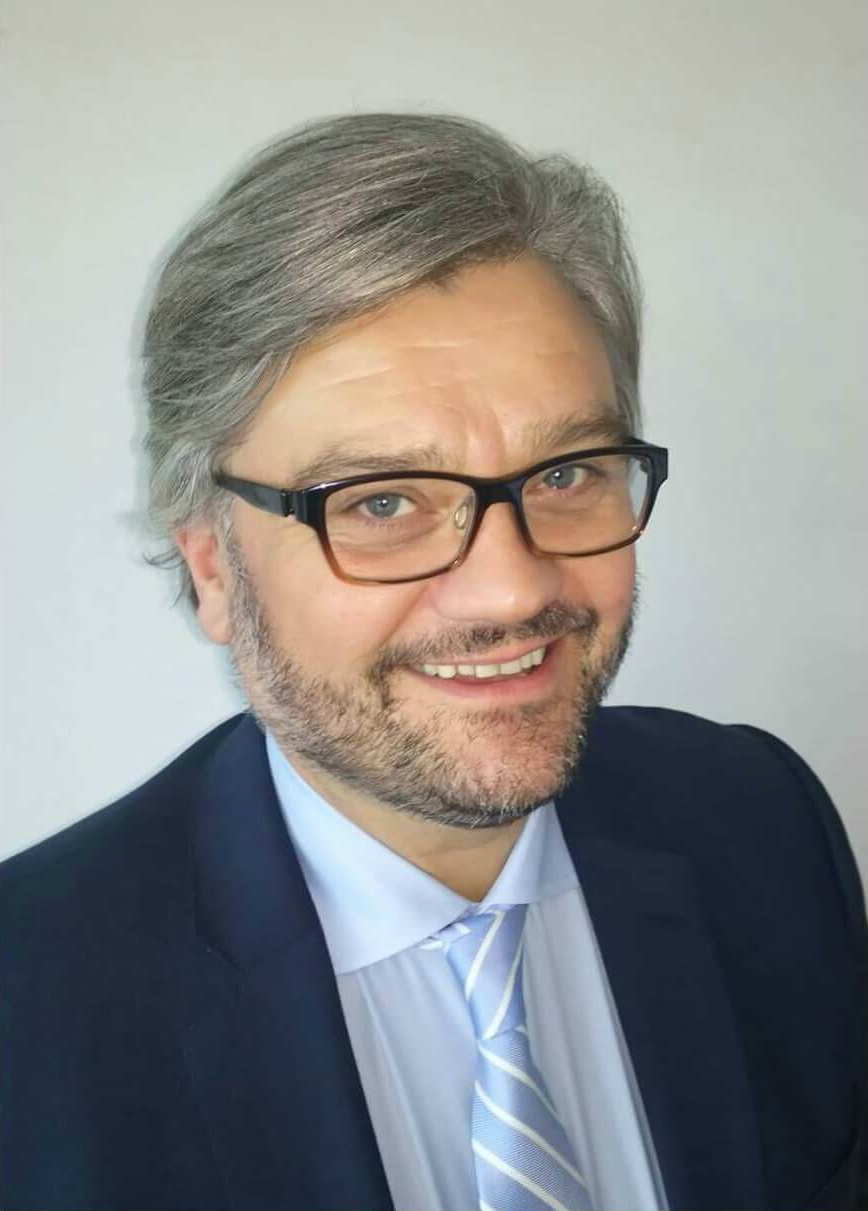Richard Hogg, Professor of Photonics, heads up MOCVD partnership with CST Global
Published: 17 August 2017
17th August 2017 - Prof Richard Hogg, from the Electronics & Nanoscale Engineering Division, will lead the collaboration to run a Metalorganic Chemical Vapour Deposition (MOCVD) machine
CST Global, a wholly-owned subsidiary of Sivers IMA Holdings AB and the UK’s leading, independent, III-V opto-electronic, semiconductor foundry, has announced that Richard Hogg, Professor of Photonics at the University of Glasgow, will lead the project to commission and operate the new metalorganic chemical vapour deposition (MOCVD) machine.
The MOCVD machine results from a pioneering, academic and commercial collaboration between the University of Glasgow and CST Global. The machine is owned by the university, supporting a range of research programs, and jointly operated as part of CST Global’s foundry facility at Blantyre, Glasgow.
Professor Hogg is a world-expert in photonics. He is active in researching device physics and engineering, epitaxial processes, fabrication technologies and developing diverse applications for semiconductor devices. Professor Hogg explains, “This unique MOCVD collaboration ensures that electronic and photonic research projects in advanced semiconductor materials and devices can be taken seamlessly from the laboratory to commercial volume production. Furthermore, our partnership will enhance student academic development in a commercial environment. Operating the MOCVD machine with CST Global allows research projects to utilize adjacent foundry services, if required, and work within an ISO 9001:2015 quality and safety environment.”
Professor Hogg has over 20 years, post-doctoral experience in both industrial and university research. He has worked at NTT Basic Research Laboratories (Japan), and in Professor Arakawa’s Laboratory at the University of Tokyo as an EU-Japan Fellow. He held a research position at Toshiba, Cambridge, and a key foundry management role at Agilent Technologies, Ipswich, which was the highest volume III-V facility in Europe, at the time.
First published: 17 August 2017
<< In the news


